Bank of Mozambique holds international symposium to mark its 50th anniversary
Fitch affirms Mozambique rating at ‘CC’
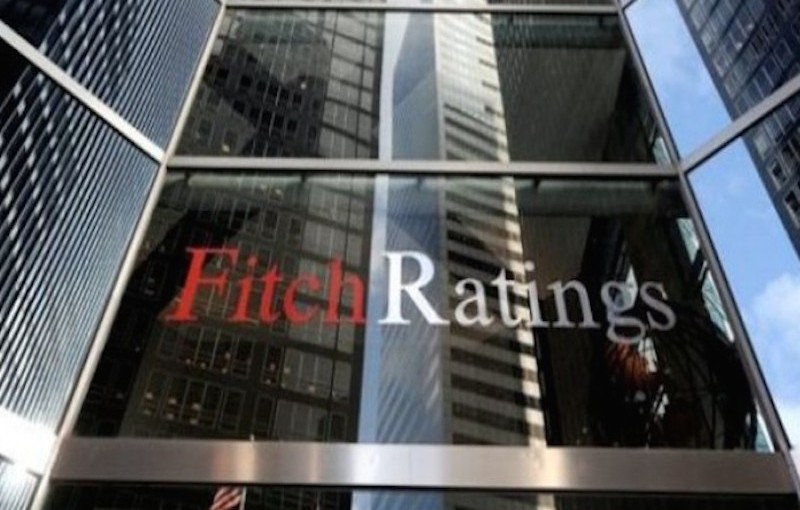
File photo
Fitch Ratings has affirmed Mozambique’s Long-Term Foreign and Local Currency Issuer Default Ratings (IDRs) at ‘CC’. The Country Ceiling is affirmed at ‘B-‘ and the Short-Term Foreign and Local Currency IDRs at ‘C’.
KEY RATING DRIVERS
Mozambique’s ‘CC’ Long-Term IDRs, which indicate that a default is probable, reflects the following key rating drivers: The authorities announced on 25 October that they intend to start consultations with external commercial creditors to resolve the country’s debt crisis.
A potential re-structuring of external debt could fulfil Fitch’s criteria for a Distressed Debt Exchange (DDE). The announcement reflects significant debt obligations falling due in the short term and the sharp deterioration in macroeconomic and fiscal conditions following the disclosure in early 2016 of USD1.4bn in additional debt from opaque state-owned companies (SOEs) with sovereign guarantees. The disclosure has led to the suspension of external support and a sharp drop in the currency.
Under current conditions, Fitch views Mozambique’s debt-servicing capacity to be under severe distress.
According to government forecasts, public and publicly guaranteed external debt service is set to climb to USD803.8m in 2017, of which USD591m is on non-concessional commercial debt (this excludes arrears from missed payments in 2016).
As a percentage of revenue, the government expects the external public debt service to climb to around 35% in 2017, from an estimated 3.4% in 2014.The government assesses that its capacity to service the non-concessional debt in the next five years is near zero.
The government has proposed a timeline to agree and implement a debt resolution by January 2017 to restore debt sustainability (a pre-condition for renewed support from official lenders and donors). When the final terms of the restructuring are announced, Fitch would review whether the exchange constitutes a DDE under our criteria.
For a debt restructuring to be classified as a DDE under Fitch’s criteria, both of the following need to apply: a material reduction in terms compared with the original contractual terms (potentially including a reduction in principal/interest or extension of maturity date); and the exchange is necessary to avoid a traditional payment default.
The current debt crisis and falling commodity prices have severely dented confidence in the Mozambican economy and currency. Since early 2016 the metical has weakened by close to 40% against the USD and by 45% against the South African rand. Weakness against the rand has been a major driver of inflation, as most consumer goods items are imported from South Africa.
Fitch expects inflation to average 20% this year (the highest in two decades), before falling gradually in 2017-18, in line with aggressive monetary tightening.
Fitch expects growth to slow to 3.5% in 2016, the lowest figure in 15 years.
Data for 1H16 indicate record-low confidence levels and a slowdown in activity across all sectors.
GDP growth will likely rise to 5% in 2017, but this is dependent on a gradual resumption of external support.
Medium-term economic prospects remain positive given investor interest in the country’s vast natural resources.
Rising prices of hydrocarbons have increased the prospects of key projects such as coal facilities and natural gas materialising, which could provide some fiscal relief.
The authorities are focusing on mending relations with external partners to restore fiscal and economic confidence. Talks with the IMF have made some progress, with the Mozambican authorities committing to implementing a number of measures to improve transparency, including an international audit on previously hidden loans. Meeting this last requirement could prove particularly challenging given its potential political repercussions. However, a failure to do so will delay the resumption of the IMF’s standby-credit facility and other donor-supported programmes, hindering any improvement in the macroeconomic environment.
Fitch expects Mozambique’s fiscal and debt position to remain weak in 2016-18, with the deficit averaging close to 6% of GDP. Although grants are expected to recover slowly, they will remain less than half of 2010-14 levels when they averaged 5.5% of GDP. The deficits will be mostly financed in the domestic market and by drawing down central government deposits, which stood at 11% in July 2016.
Without a debt restructuring, public sector debt would peak at around 130% of GDP in 2016, from only 37.8% in 2011 and over double the ‘B’/’C’ median.
The rise this year mainly reflects the sharp depreciation of the metical as almost 90% of total debt is denominated in foreign currency.
The public debt/GDP ratio would fall modestly to 123.9% by 2018 as nominal growth picks up, but risks are weighted on the downside given exchange-rate vulnerability.
Mozambique’s banking sector has maintained sound capital levels (15%) but loan quality is deteriorating in line with higher interest rates, lower growth and the sharp depreciation of the metical (24% of loans and 34% of deposits are in foreign currency). The ratio of non-performing loans stood at 5% in 1Q16, compared with 3.2% at end-2014.
The country’s fourth- biggest bank, Banco Moza, was put under administration by the central bank in early October following failure of shareholders to inject capital. Although contagion effects have been limited, the failure highlights growing liquidity and capital strains in the financial sector.
Fitch expects Mozambique’s external position to remain weak in 2016, with the current account deficit standing at a large 42% of GDP. Liquidity constraints and a fall in demand have led to a sharp contraction in imports (28% in 1H16), but this has been offset by the continued weakness in commodity exports. Moreover, a modest fall in foreign direct investments (FDI), the main source of financing for the current account deficit, and limited access to external financing will continue to put pressure on reserves, which should fall to USD1.7bn by end-2016, providing only 2.4 months of current account receipts cover.
We expect some recovery in exports starting in 2017 (primarily in the coal sector), leading to a modest build-up in reserves.
The political environment remains tense, with violence between government forces and guerrillas associated with the main opposition party RENAMO continuing to affect central and northern provinces. Negotiations towards a peace deal are progressing very slowly.
The ruling FRELIMO maintains control of central government institutions but will face growing social dissatisfaction and unrest, given deteriorating living conditions.
SOVEREIGN RATING MODEL (SRM) and QUALITATIVE OVERLAY (QO)
Fitch’s proprietary SRM assigns Mozambique a score equivalent to a rating of ‘CCC or below’ on the Long-term FC IDR scale.
Fitch’s sovereign rating committee decided to maintain the Long-Term Foreign Currency IDR at ‘CC’, in line with the Key Rating Drivers mentioned above and reflecting that the SRM score is equivalent to ‘CCC or below’.
Fitch’s SRM is the agency’s proprietary multiple regression rating model that employs 18 variables based on three year-centred averages, including one year of forecasts, to produce a score equivalent to a Long-Term Foreign Currency IDR.
Fitch’s QO is a forward-looking qualitative framework designed to allow for adjustment to the SRM output to assign the final rating, reflecting factors within our criteria that are not fully quantifiable or not fully reflected in the SRM.
RATING SENSITIVITIES
Developments that could result in a downgrade include:
-Announcement of a restructuring with private external creditors that constitute a DDE under our criteria. In this case, we would downgrade Mozambique’s Foreign Currency IDRs to ‘Restricted Default’ (RD) once the exchange is completed. Shortly after completion of the exchange, Mozambique’s Long Term Foreign Currency IDR would be re-rated at a level consistent with the agency’s assessment of its post default structure and credit profile.
-Failure to make payments on outstanding debt, for example as a result of a failure to reach a restructuring agreement with creditors. In this case, we would downgrade the relevant IDRs to ‘RD’ and re-rate once the default is cured. We currently do not envisage a scenario in the short term in which the rating would be upgraded.
KEY ASSUMPTIONS
Fitch assumes Brent oil prices to average USD42/bl in 2016 and USD45/bl in 2017 and USD55/bl in 2018.



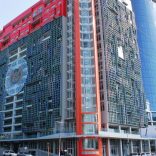
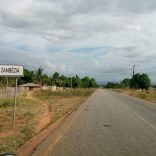



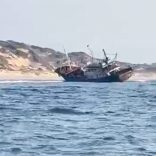

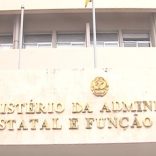


Leave a Reply
Be the First to Comment!
You must be logged in to post a comment.
You must be logged in to post a comment.